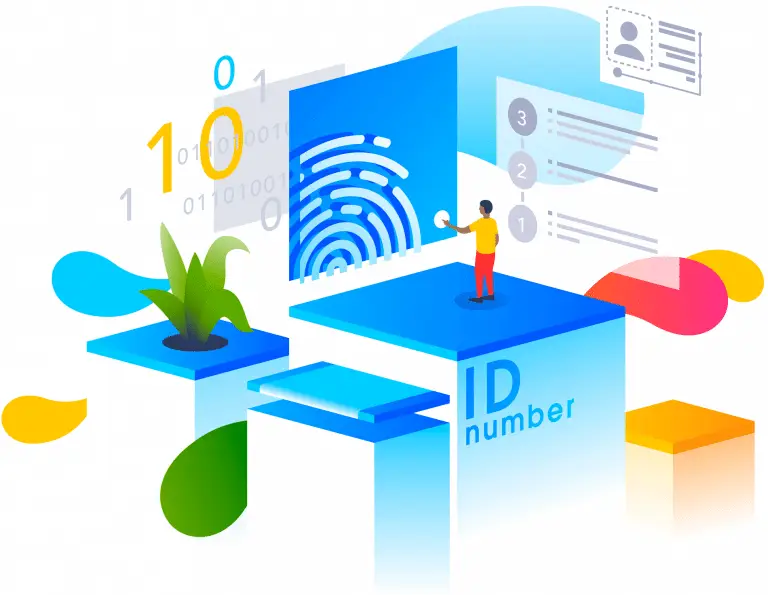The American Medical Association’s CPT Professional Edition for calendar year 2023 has arrived. With it have come several significant changes to evaluation and management (E&M) coding.
What are these changes to E&M medical coding guidelines and how should your practice prepare for them?
Changes in Medical Coding Guidelines for 2023
What Categories have changes??
- Hospital & Observations Services
- Same Day Admit and Discharge
- Consultations Outpatient and Inpatient
- Emergency Department
- Nursing Facility
- Home or Residence
For a general overview of all of the 2023 EM changes click on the following link; AAPC 2023 EM E Brief 2023 EM guidelines.pdf
These coding changes chiefly concern medical billing for all levels of E&M Codes.
Medical decision making (MDM) and time play a major factor.
The 2023 guidelines aim to bring oneness to E&M coding in many categories.
We’ll dive into the details below, but the key thing you need to know about these changes is simple. As of the 2023 fiscal year, history and examination will not be an element of leveling a service. It does, however, require documentation of an appropriate history and physical examination.
Table of Contents
Changes to Consultations, Observation, Hospital, and More
- Extensive E&M guideline additions, revisions, and restructuring. Code 99241, 99251, 99217, 99218-99220, 99224-99226, 99318, 99324-99238, 99334-99337, 99339, 99340 99343, and 99354-99357 will be deleted.
- The following 99242- 99245, 99252-99255, 99221-99223, 99231-99239, 99281-99285, 99304-99310, 99315, 99316, 99324-99238, 99334-99337, 99339, 99340, 99341, 99344, 99345, 99347-99350, 99358, 99359, 99415, 99416 and 99417 will be revised.
- Extensive E&M guideline additions, revisions, and restructuring.
- New components for code selection. These include medically appropriate history and/or examination, MDM, or total time on the date of the encounter.
- Removing scoring by history and physical examination. The goal is to make coding represent the way physicians and other qualified healthcare professionals (QHP) think.
- More detailed CPT® codes, which will promote consistency in both medical coding and payment.
- In lieu of History and Examination scoring, the leveling of diagnosis, data and risk meeting two out three within MDM will be promoted when selecting a code level.
Above all, these changes seek to:
- Decrease the administrative burden of documentation and coding.
- Reduce the need for audits.
- Eliminate unnecessary documentation that is not needed for patient care.
- Ensure that E&M payments are resource-based and have no direct goal for payment redistribution between different specialties.

Histories and Examinations
In previous years, outpatient and inpatient services have included a medically appropriate history or physical examination. However, these new E&M medical coding guidelines remove history and examination as standard elements of leveling a service.
The provider and/or coder will no longer need to score either the history or the exam when selecting code levels.
Why? Well, the key term in the new E&M guidelines is “medically appropriate.”
Changes are also meant to simplify code selection criteria, make coding more clinically relevant and intuitive, and reduce the documentation burden for office-based E&M services.
The aim is to do all of this while still differentiating payment based on complexity of care.
Typically, the nature and extend of a history or physical exam is determined by the treating physician or other QHP who report the service. The team may collect information, or the patient or caregiver may supply the info directly (via a questionnaire, for example).
Under these new regulations, the provider will continue to document what they feel is appropriate and relevant for the patient. However, the AMA will no longer use this information for leveling the provider.
In short, you should document based on your professional judgment, rather than history, physical examination and medical decision making.
How Do I Choose Appropriate E&M Levels?
Good question!
For office and outpatient services, selecting CPT codes will depend solely on:
- Medical decision-making (MDM) is defined for each service. The AMA provides extensive clarifications in their guidelines to help define the elements of MDM OR
- Total time spent on the date of the encounter. This includes non-face-to-face services. Make sure you know the time ranges for each code.
E&M and Time
One other key point. Under these new guidelines, the provider will no longer be required to document which portion of the E&M service was spent counseling or coordinating care.
It does mean that documentation of time and what was done should be documented from the list provided by the AMA.
Physician or other qualified health care professional time includes the following activities, when performed:
Preparing to see the patient (eg, review of tests)
Obtaining and/or reviewing separately obtained history
Performing a medically appropriate examination and/or evaluation
Counseling and educating the patient/family/caregiver
Ordering medications, tests, or procedures
Referring and communicating with other health care professionals (when not separately reported)
Documenting clinical information in the electronic or other health record
Independently interpreting results (not separately reported) and communicating results to the patient/family/caregiver
Care coordination (not separately reported)
Do not count time spent on the following:
The performance of other services that are reported separately
Travel
Teaching that is general and not limited to discussion that is required for the management of a specific patient
Documentation of time example:
Patient seen today we discussed:
preparing to see the patient (eg, review of tests)10 minutes.
counseling and educating the patient/family/caregiver 10 minutes.
documenting clinical information in the electronic or other health record 5 minutes
independently interpreting results (not separately reported) and communicating results to the patient/family/caregiver 5 minutes.
For a total of 30 minutes for today’s visit
The following table illustrates changes to time allocations and wRVU adjustments.
What Will Stay the Same?
Another good question!
The following will remain unchanged for inpatient and outpatient services.
- New patient vs. established patient guidelines.
- Appropriate clinical documentation by physicians and other qualified health care professionals
- Incident to guidelines
- Shared/split guidelines.
- The use of CPT code 99211
- Modifiers (-24, -25, etc.)
Beginning in 2023, the AMA will include rules about shared/split services in the CPT manual. These guidelines are the same as the split shared guidelines in 2022.
Definition of Split Shared Visit
A split or shared visit is an E/M visit in the facility setting that is performed in part by both a physician and a nonphysician practitioner (NPP) who are in the same group, in accordance with applicable law and regulations such that the service could be billed by either the physician or NPP if furnished independently by only one of them. Payment is made to the practitioner who performs the substantive portion of the visit.
Split (or Shared) E/M Visits
During the transitional years, 2022 and 2023, except for critical care visits*, the substantive portion can be one of the three key E/M visit components (history, exam, or medical decision-making [MDM]), or more than half of the total time spent by the physician and NPP performing the split or shared visit. In other words, for calendar year 2022 and 2023, the practitioner who spends more than half of the total time, or performs the history, exam, or MDM can be considered to have performed the substantive portion and can bill for the split or shared E/M visit.
Split shared modifiers
Modifier
Definition
Use with
Append to
Modifier -FS
Split or shared E/M visit
Split or shared services
E/M code
Modifier -FT
Unrelated E/M visit on the same day as another E/M visit or during a global procedure (preoperative, postoperative period, or same day as procedure)
Critical care unrelated to surgical procedure during global period
Critical care code
Modifier -25
Significant, separately identifiable E/M service on same day
Critical care on same day as another E/M visit*
Critical care code
Modifier
Modifier -FS
Definition
Split or shared E/M visit
Use with
Split or shared services
Append to
E/M code
Modifier
Modifier -FT
Definition
Unrelated E/M visit on the same day as another E/M visit or during a global procedure (preoperative, postoperative period, or same day as procedure)
Use with
Critical care unrelated to surgical procedure during global period
Append to
Critical care code
Modifier
Modifier -25
Definition
Significant, separately identifiable E/M service on same day
Use with
Critical care on same day as another E/M visit*
Append to
Critical care code

Conclusion
As you can see, these changes to E&M medical coding aim to simplify the coding process for healthcare providers. This will, ideally, allow providers to operate more efficiently in this new era of remote work and telemedicine.
For more on the changes to AMA guidelines, click here.
Do you want a biller who will diligently keep you updated on new AMA guidelines? Learn more about our medical billing services.
Get Help with Billing, Credentialing, & Virtual Assistants - Work With A Team of Experts
"*" indicates required fields



